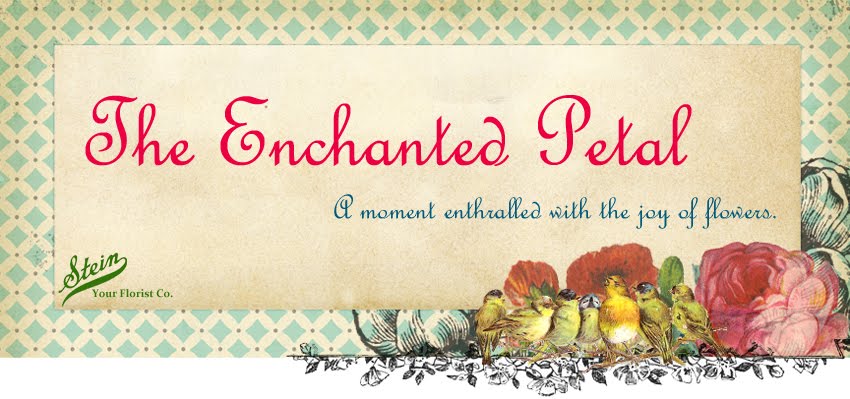 Day 351 – Charles Darwin, in his interesting work on
"Cross and Self-fertilization in the Vegetable Kingdom," gives some
interesting particulars of the ingenious way in which bumble-bees obtain the
honey from the snap-dragon when they cannot push past the projecting lip:
"In Antirrhinum majus one or two holes had been made on the lower side,
close to the little protuberance which represents the nectary, and therefore
directly in front of and close to the spot where the nectar is secreted."
In experiments, Mr. Darwin found that while fifty seed-pods protected by a net
gave nearly ten grains of seed, a similar number of pods from plants that the
bumble-bees had free access to yielded over twenty-three grains of seed. It is
not, however, by piercing holes in the flower that the bees effect
fertilization, but by thrusting their way through the jaws of the dragon into
the throat, where they encounter the stamens, and becoming dusted with pollen,
leave some of it on the stigma of that or the next flower they enter in like
manner.
Day 351 – Charles Darwin, in his interesting work on
"Cross and Self-fertilization in the Vegetable Kingdom," gives some
interesting particulars of the ingenious way in which bumble-bees obtain the
honey from the snap-dragon when they cannot push past the projecting lip:
"In Antirrhinum majus one or two holes had been made on the lower side,
close to the little protuberance which represents the nectary, and therefore
directly in front of and close to the spot where the nectar is secreted."
In experiments, Mr. Darwin found that while fifty seed-pods protected by a net
gave nearly ten grains of seed, a similar number of pods from plants that the
bumble-bees had free access to yielded over twenty-three grains of seed. It is
not, however, by piercing holes in the flower that the bees effect
fertilization, but by thrusting their way through the jaws of the dragon into
the throat, where they encounter the stamens, and becoming dusted with pollen,
leave some of it on the stigma of that or the next flower they enter in like
manner. Day 352 – The blub of some muscari, or grape hyacinth, varieties is poisonous. It contains a substance called comisic acid, which is said to act like saponin. Although poisonous, saponins are poorly absorbed by the human body and so most pass through without harm. Saponins are quite bitter and can be found in many common foods such as some beans. They can be removed by carefully leaching the seed or flour in running water. Thorough cooking, and perhaps changing the cooking water once, will also normally remove most of them. However, it is not advisable to eat large quantities of food that contain saponins. Saponins are much more toxic to some creatures, such as fish, and hunting tribes have traditionally put large quantities of them in bodies of water in order to stupefy or kill the fish.
 Day 353 – A few species of Muscari flowers, including M. comosum, can be used to
make wine that is high in antioxidants and vitamin C. In addition, some
homeopathic remedy practitioners crush the bulbs to create a form of poultice
for irritated or red skin. Other practitioners also boil the bulbs to make a
diuretic tea.
Day 353 – A few species of Muscari flowers, including M. comosum, can be used to
make wine that is high in antioxidants and vitamin C. In addition, some
homeopathic remedy practitioners crush the bulbs to create a form of poultice
for irritated or red skin. Other practitioners also boil the bulbs to make a
diuretic tea.Day 354 – At least one species of Muscari, M. comosum, has an edible bulb. This species, also called tassel grape hyacinth, cipollini, or edible muscari, is native to the Mediterranean area. Its bulb has flavors similar to garlic, leek, or onion, making it a popular addition to Mediterranean cooking. In addition, the flowers are often used by perfume manufacturers because they smell sweet.
 Day 355 – Many
parts of the Typha or Cattail
plant are edible to humans. The starchy rhizomes are nutritious with a protein
content comparable to that of maize or rice. They can be processed into a
flour. They are most often harvested from late autumn to early spring. They are
fibrous, and the starch must be scraped or sucked from the tough fibers. Plants
growing in polluted water can accumulate lead and pesticide residues in their
rhizomes, and these should not be eaten.
Day 355 – Many
parts of the Typha or Cattail
plant are edible to humans. The starchy rhizomes are nutritious with a protein
content comparable to that of maize or rice. They can be processed into a
flour. They are most often harvested from late autumn to early spring. They are
fibrous, and the starch must be scraped or sucked from the tough fibers. Plants
growing in polluted water can accumulate lead and pesticide residues in their
rhizomes, and these should not be eaten.






